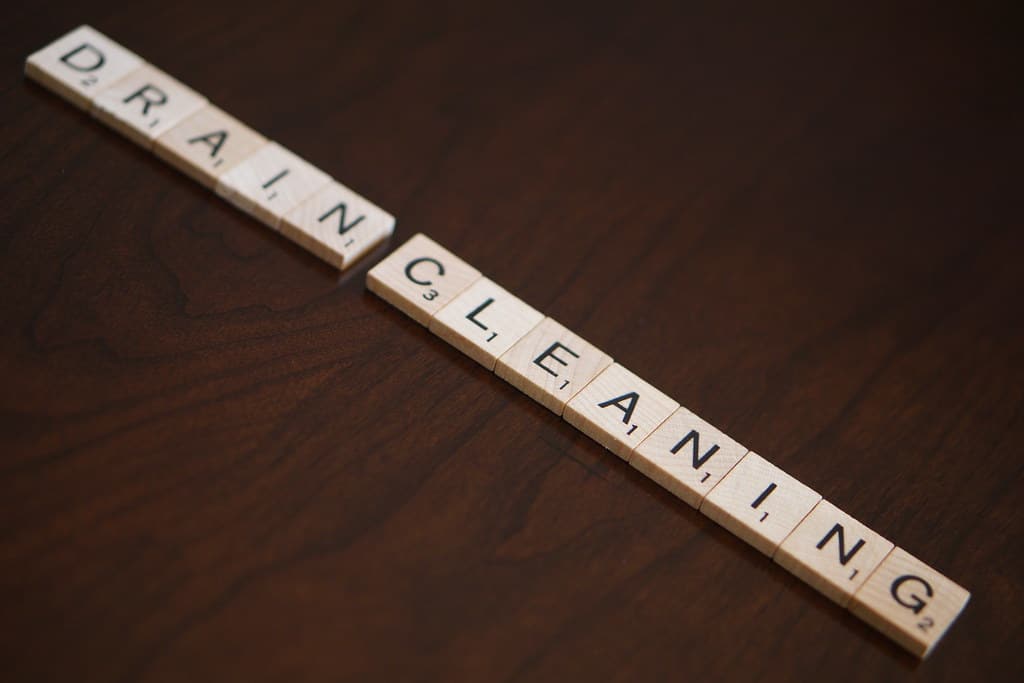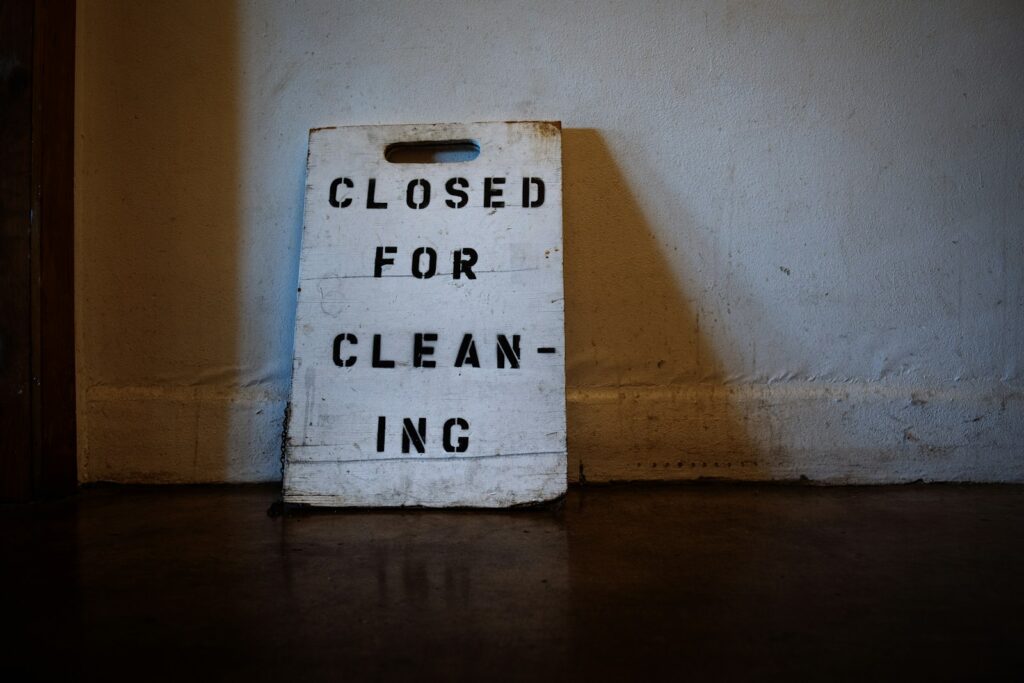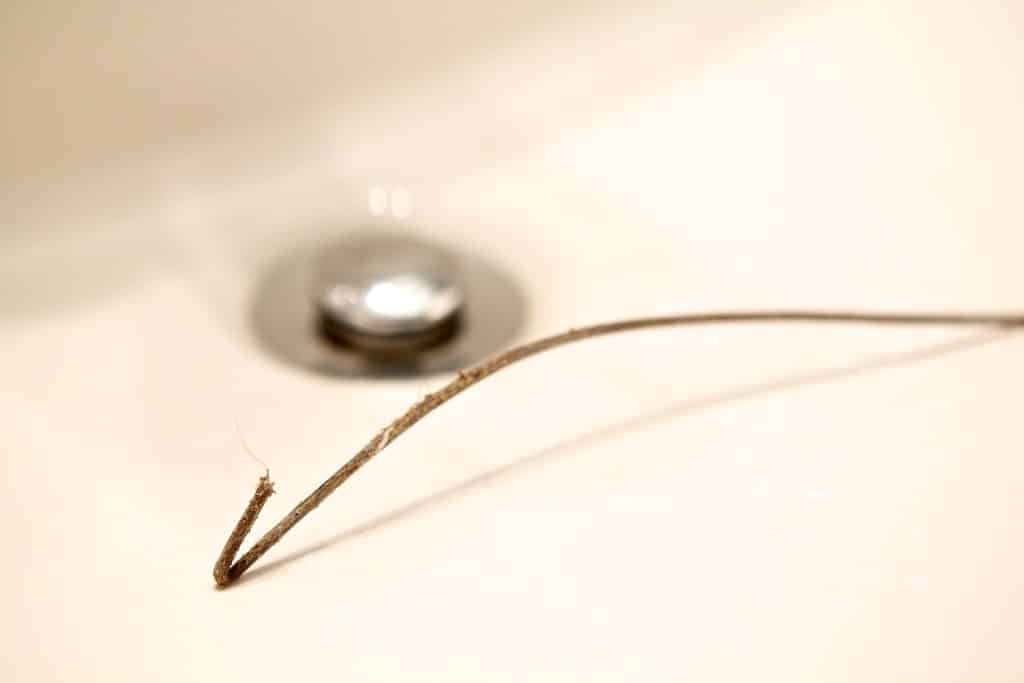A slow-draining sink or a completely clogged drain can bring your daily routine to a halt. While chemical drain cleaners might seem like the quick fix, they can damage your pipes over time and aren’t always effective against stubborn blockages. Learning how to snake a drain is a valuable skill that can save you money and protect your plumbing system.
A drain snake, also called a plumbing snake or drain auger, is a flexible coiled wire tool designed to break up and remove drain clogs. Unlike harsh chemicals that can corrode your pipes’ inner walls, a drain snake physically removes debris like hair, soap buildup, grease, and other materials causing the blockage.
This comprehensive guide will walk you through everything you need to know about using a drain snake safely and effectively. Whether you’re dealing with a clogged kitchen sink, shower drain, or toilet, you’ll learn how to snake a drain and proper techniques to clear most drain clogs without calling a professional plumber.

“Drain Cleaning” by moore.owen38 is licensed under CC BY 2.0
What You’ll Need Before You Start
Before you begin snaking your drain, gather the necessary tools and protective gear. Having everything ready will make the process smoother and safer.
Essential Tools and Equipment
Drain Snake or Auger: Choose the right type for your specific drain. A manual snake works well for most household clogs, while a toilet auger is specially designed for toilet drains. Cable lengths typically range from 25 to 100 feet.
Protective Gear: Always wear rubber gloves to protect your hands from bacteria and debris. Safety goggles are recommended, especially when working with shower drains or kitchen sinks where splash-back can occur.
Additional Supplies: Keep a bucket nearby to catch any water or debris that comes up during the process. You’ll also want old towels or rags for cleanup.
Safety Precautions
Safety should be your top priority when working with any plumbing tool. The coiled wire of a drain snake can cause injury if handled improperly, and the debris you encounter may contain harmful bacteria.
Never force the snake cable if you encounter resistance. Excessive pressure can damage your pipes or push the clog deeper into your plumbing system. If you feel significant resistance that doesn’t give way with gentle pressure, stop and consider calling a professional plumber.
Types of Drain Snakes and When to Use Them
Understanding the different types of drain snakes will help you choose the right tool for your specific situation.
Manual Snake
A manual snake is the most common type for household use. It consists of a coiled wire cable with a handle that you turn clockwise to navigate through the drain. These work well for minor clogs in sink drains, shower drains, and bathtub drains.
Manual snakes are typically 25-50 feet long, making them suitable for most residential drain lines. They’re affordable, easy to use, and effective for removing hair, soap scum, and small debris.
Toilet Auger
Toilet drains require a specialized tool called a toilet auger. This snake is designed to work within the curved shape of the toilet bowl and toilet trap without scratching the porcelain surface.
A toilet auger has a protective sleeve that guides the cable through the toilet drain while preventing damage to the toilet bowl. Never use a regular drain snake on a toilet, as it can crack the porcelain.
Power Auger
For tough clogs or deep blockages in main sewer lines, a power auger (also called an electric snake) provides more force than manual operation. However, these tools are typically used by professional plumbers and can be dangerous for inexperienced users.
Step-by-Step Guide: How to Snake a Drain
Follow these detailed steps to safely and effectively clear your clogged drain.
Step 1: Prepare the Area
Remove any standing water from the sink or drain area using a bucket or cup. This gives you better access to the drain opening and prevents messy splashing during the snaking process.
Clear the area around the drain of any items that might get in your way. Place towels around the work area to catch any water or debris that might splash out.
Step 2: Remove the Drain Cover
If your drain has a removable cover or strainer, take it off to access the drain opening. Kitchen sinks often have basket strainers that lift out, while shower drains may have screws holding the cover in place.
Clean any visible debris from the drain opening with your hands (while wearing gloves) or a pair of pliers. Sometimes the clog is right at the surface and doesn’t require snaking.
Step 3: Insert the Snake Cable
Feed the snake cable into the drain opening slowly and steadily. Don’t force it—let the cable follow the natural path of the pipes. Most residential drains have a P-trap (the curved section of pipe under the sink) that the snake will need to navigate.
Push the cable down while simultaneously turning the handle clockwise. The clockwise motion helps the auger head grab onto debris and navigate through bends in the pipe.
Step 4: Work Through the Clog
Continue feeding the cable until you feel resistance. This usually indicates you’ve reached the clog. Once you encounter the blockage, use a combination of pushing and rotating motions to break through it.
Apply gentle pressure while turning the handle clockwise. The auger head will either break up the clog or grab onto it so you can pull it out. Avoid using excessive force, as this can damage your pipes.
Step 5: Retrieve the Debris
Once you’ve worked through the clog, slowly pull the snake cable back out of the drain. Pull steadily but not too quickly—you want to bring any caught debris up with the cable.
You may need to repeat this process several times to completely clear the drain. Each pass can remove more debris and improve water flow.
Step 6: Test the Drain
After removing the snake, run hot water to test the drain flow. Start with a small amount of water to see if it drains properly, then gradually increase the flow.
If water still drains slowly, the clog may not be completely cleared. Repeat the snaking process or try using a plunger in combination with the snake.
Snaking Different Types of Drains
Different drains require slightly different approaches and techniques.
Kitchen Sinks
Kitchen sink clogs are often caused by grease, food particles, and soap buildup. These drains typically have a P-trap located under the sink, which can sometimes be removed for easier access to clogs.
When snaking a kitchen sink, be prepared for greasy debris that may have a strong odor. The clog might be located in the P-trap or further down the drain line.
Shower Drains
Shower drain clogs are usually caused by hair, soap scum, and mineral deposits. These drains often have multiple bends and may connect to the main sewer line at various points.
Hair clogs in shower drains can be particularly stubborn. The snake’s auger head should grab onto the hair mass, allowing you to pull it out in one piece.
Toilet Drains
Only use a toilet auger for toilet clogs. Regular drain snakes can damage the toilet bowl and may not be effective in the toilet’s unique drain configuration.
Insert the toilet auger into the toilet bowl and guide it into the drain opening at the bottom. The protective sleeve will prevent scratching while the cable navigates through the toilet trap.
When to Call a Professional Plumber
While many drain clogs can be cleared with a drain snake, some situations require professional intervention.
Persistent Clogs
If the clog persists after multiple attempts with a drain snake, you may be dealing with a severe blockage that requires professional equipment. Tree roots, collapsed pipes, or main sewer line issues often need professional assessment.
Multiple Drain Clogs
When several drains in your home are clogged simultaneously, this often indicates a problem with your main sewer lines. This type of blockage requires professional drain cleaning equipment and expertise.
Recurring Problems
If the same drain keeps clogging despite your best efforts, there may be an underlying issue with your plumbing system. A professional plumber can diagnose problems like damaged pipes, improper installation, or structural issues.

Photo by Tim Mossholder on Unsplash
Preventive Maintenance Tips
Regular maintenance can prevent many drain clogs from forming in the first place.
Regular Cleaning
Run hot water through your drains weekly to help dissolve soap buildup and flush away minor debris. For kitchen sinks, avoid pouring grease down the drain, as it solidifies and creates stubborn clogs.
Natural Drain Cleaners
Monthly treatments with baking soda and boiling water can help maintain clear drains. Pour one cup of baking ssoda down the drain, followed by boiling water. This natural solution helps break down soap scum and organic matter.
Drain Screens
Install drain screens or strainers in shower drains and kitchen sinks to catch hair, food particles, and other debris before they enter your plumbing system.
Top Drain Snakes In 2025
Here is a list of the top drain snakes, their unique features, and where to purchase them:
Ridgid Power Spin+ with AUTOFEED®
This hand-powered drain snake is equipped with an AUTOFEED® mechanism for easier, hands-free operation. Perfect for clearing sink and shower drains.
Buy the Ridgid Power Spin+ with AUTOFEED®
Drano Max Gel with Snake Kit
A budget-friendly option combining a chemical drain cleaner with a manual snake for light clogs in small drains. Ideal for homeowners looking for a quick fix.
Buy Drano Max Gel with Snake Kit
FlexiSnake Drain Weasel
This lightweight and disposable snake is great for removing hair clogs from bathroom drains. It features micro-hooks that efficiently grab debris.
Buy the FlexiSnake Drain Weasel
TACKLIFE Drain Auger
This versatile and durable 25-foot manual drain auger is suitable for a variety of clogs in sinks, tubs, and even toilets. Comes with a comfortable ergonomic handle.
Milwaukee M12 Drain Snake Kit
A professional-grade, battery-powered drain snake designed for heavy-duty clogs. Its compact design and high power make it ideal for advanced plumbing tasks.
Buy the Milwaukee M12 Drain Snake Kit
Spartan Tool Explorer with Camera
For the ultimate diagnostic and clog removal experience, this tool combines a high-definition camera with a powerful snake system. Designed for expert plumbers.
When choosing your drain snake, consider the specific needs of your plumbing system and the level of difficulty involved in the clogs you frequently encounter. Each product offers unique benefits to suit different situations.

Keep Your Drains Flowing Freely
Learning how to snake a drain is an essential skill for homeowners. With the right tools, proper technique, and safety precautions, you can handle most drain clogs without calling a professional plumber. Remember to work slowly, avoid forcing the snake, and always follow manufacturer’s instructions for your specific drain snake model.
Regular maintenance and preventive measures will help you avoid most drain clogs. However, don’t hesitate to contact a professional plumber for persistent problems, multiple simultaneous clogs, or if you’re uncomfortable performing the work yourself.
For residents in the DMV area dealing with stubborn drain clogs or recurring plumbing issues, G.A. Eberly Plumbing & Heating offers professional drain cleaning and plumbing services. Our experienced team can handle everything from minor clogs to major sewer line problems. Contact us at 301-856-6900 for a reliable, professional plumbing solution.

